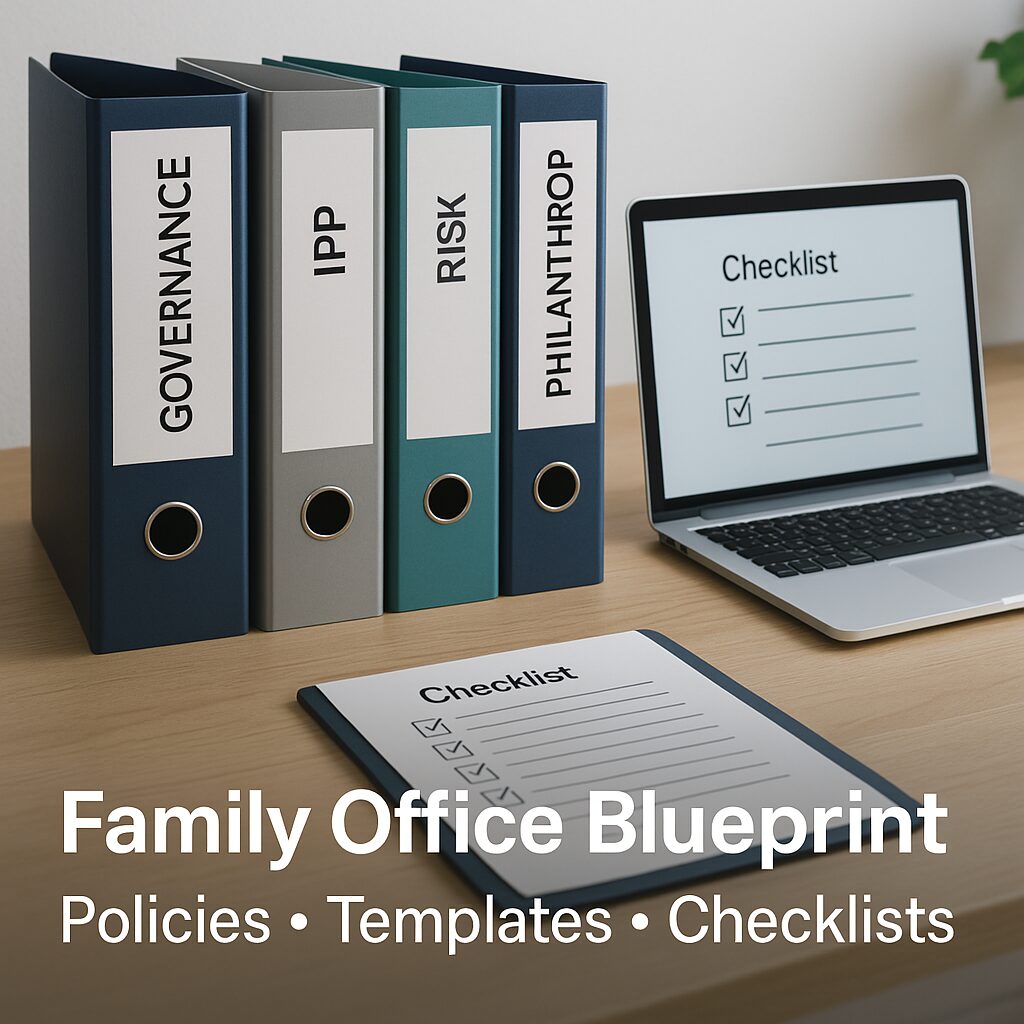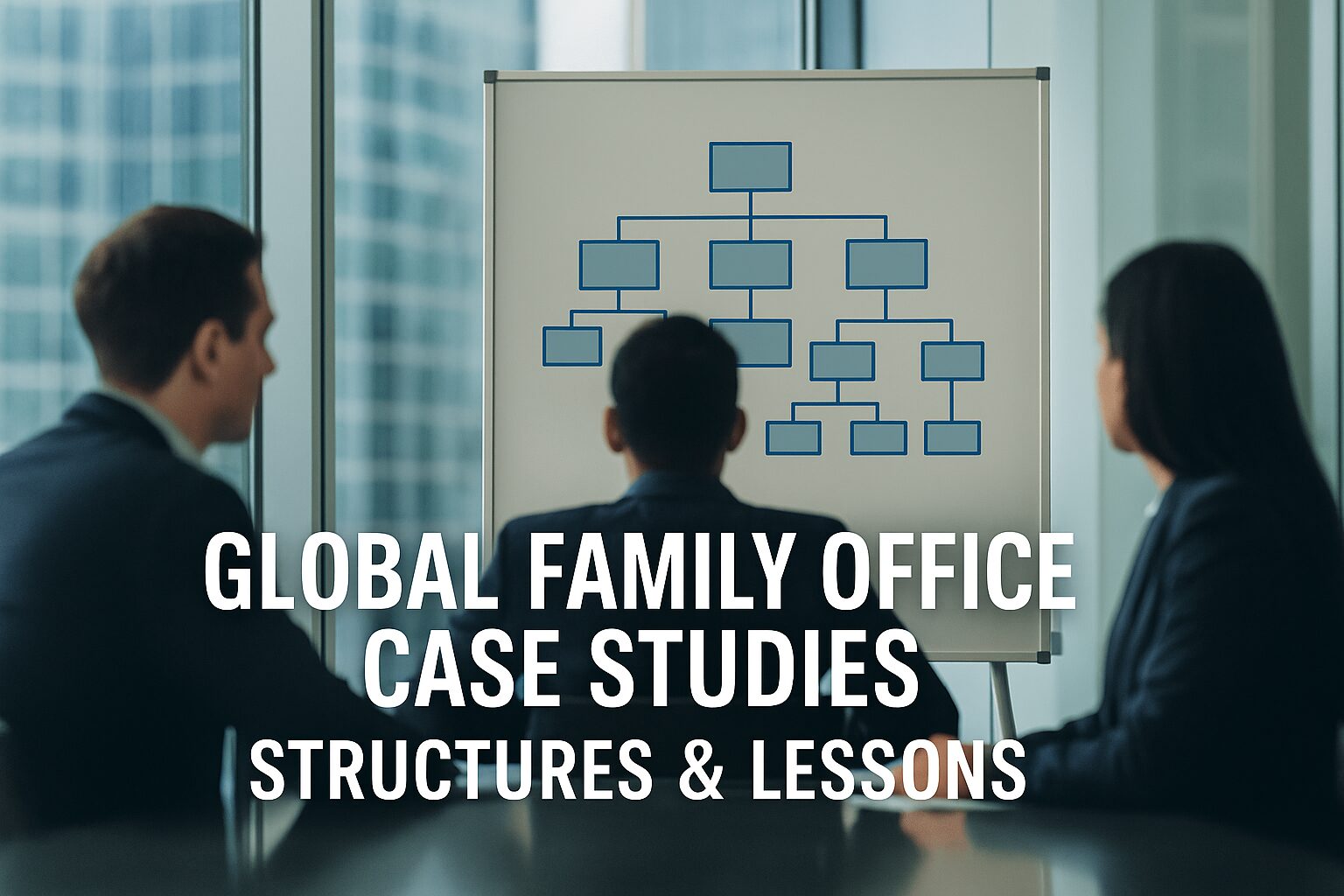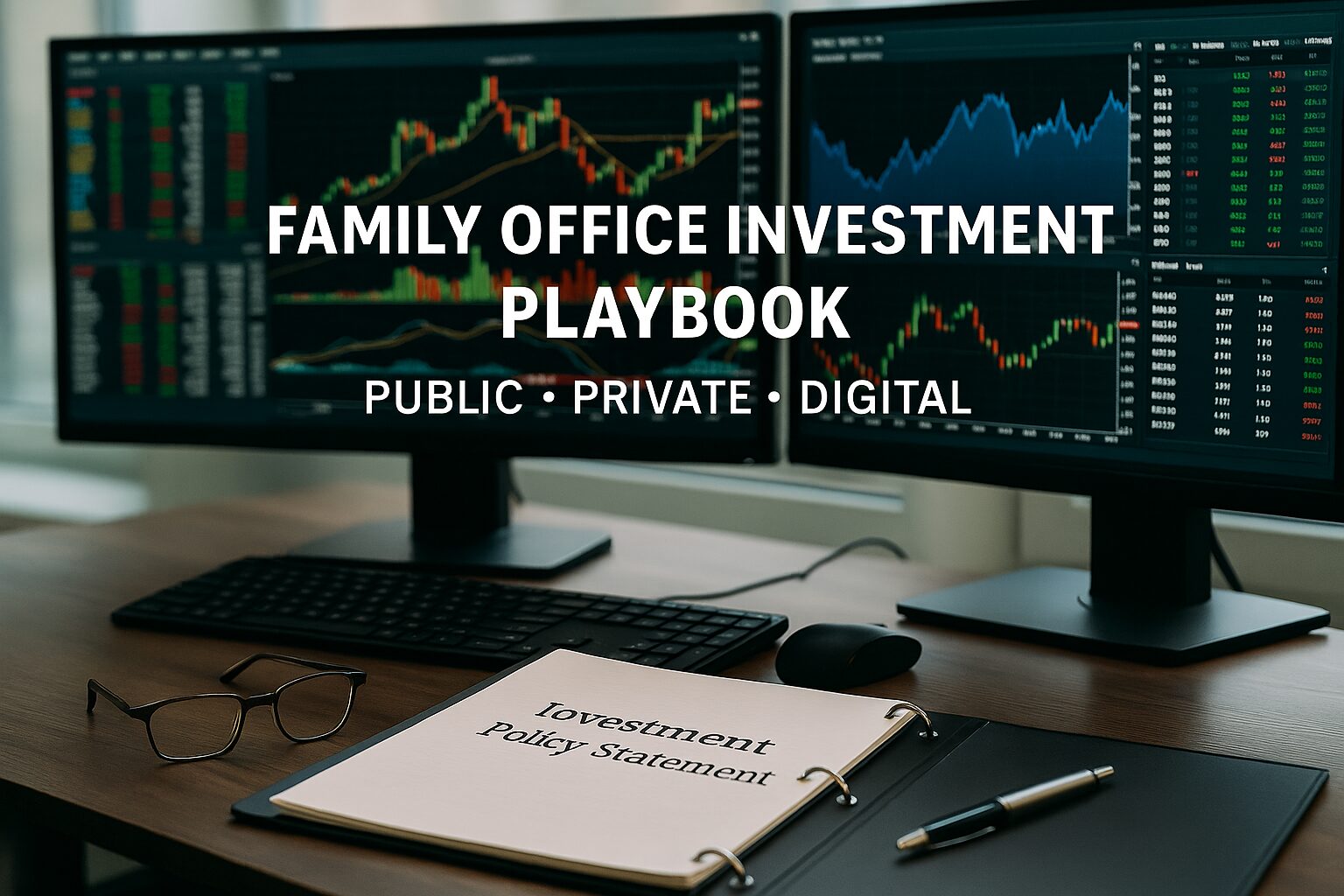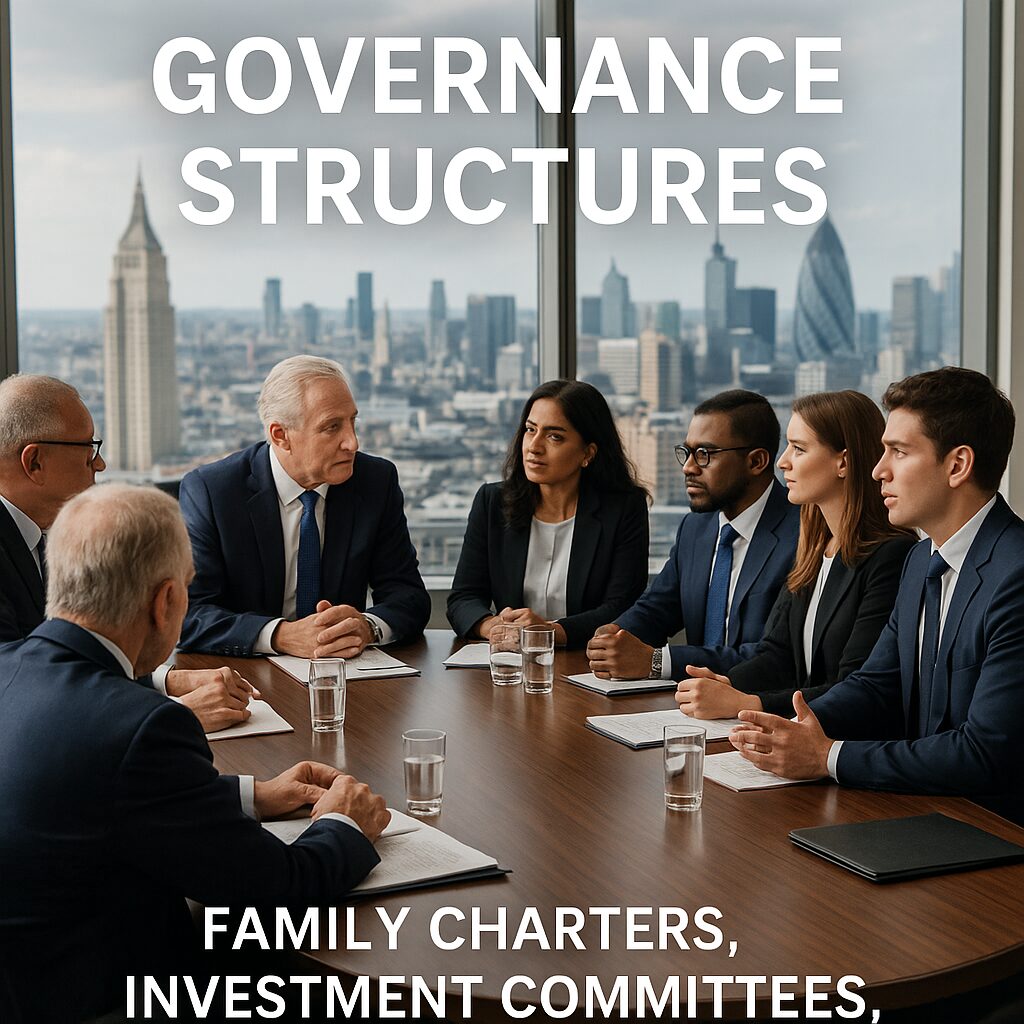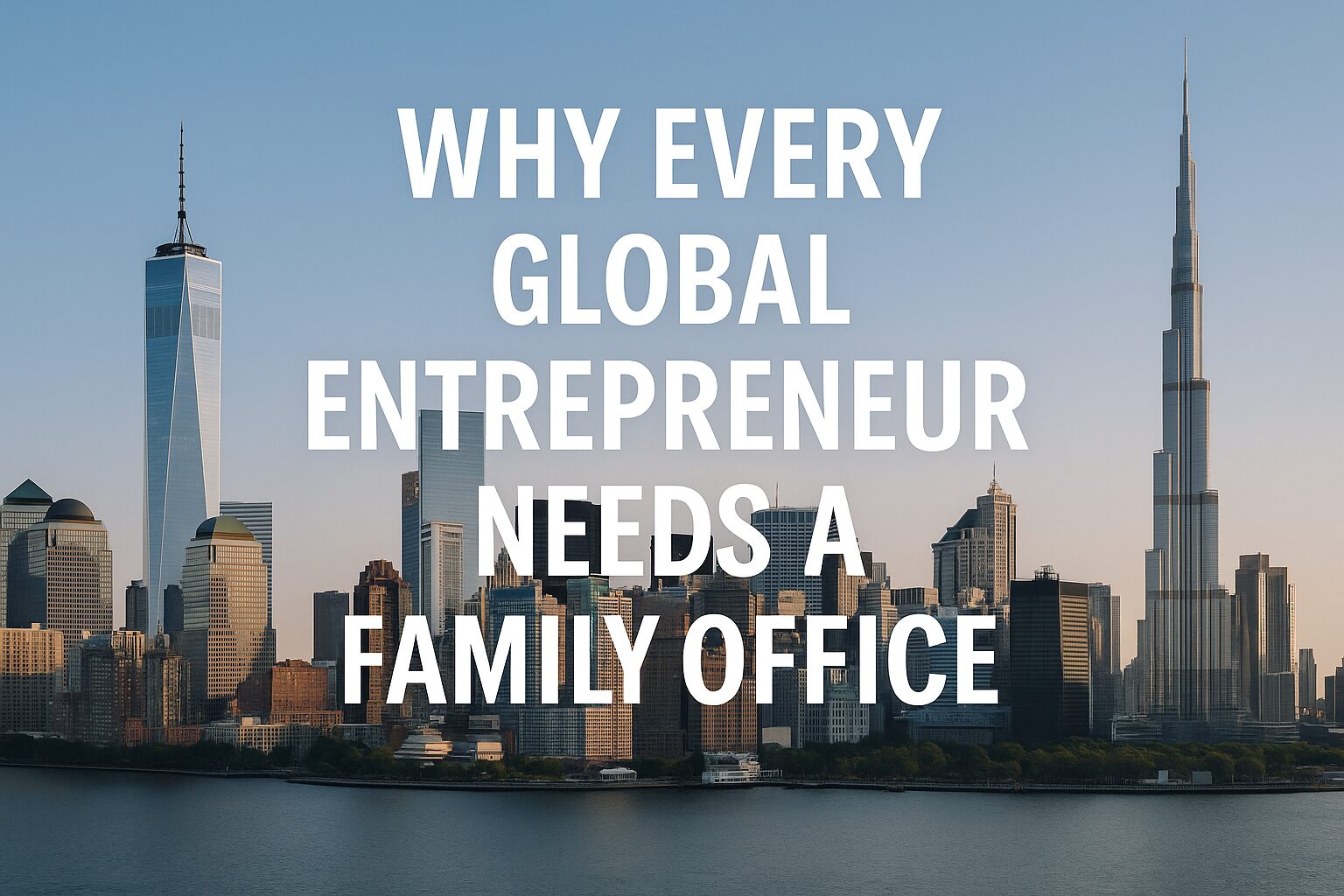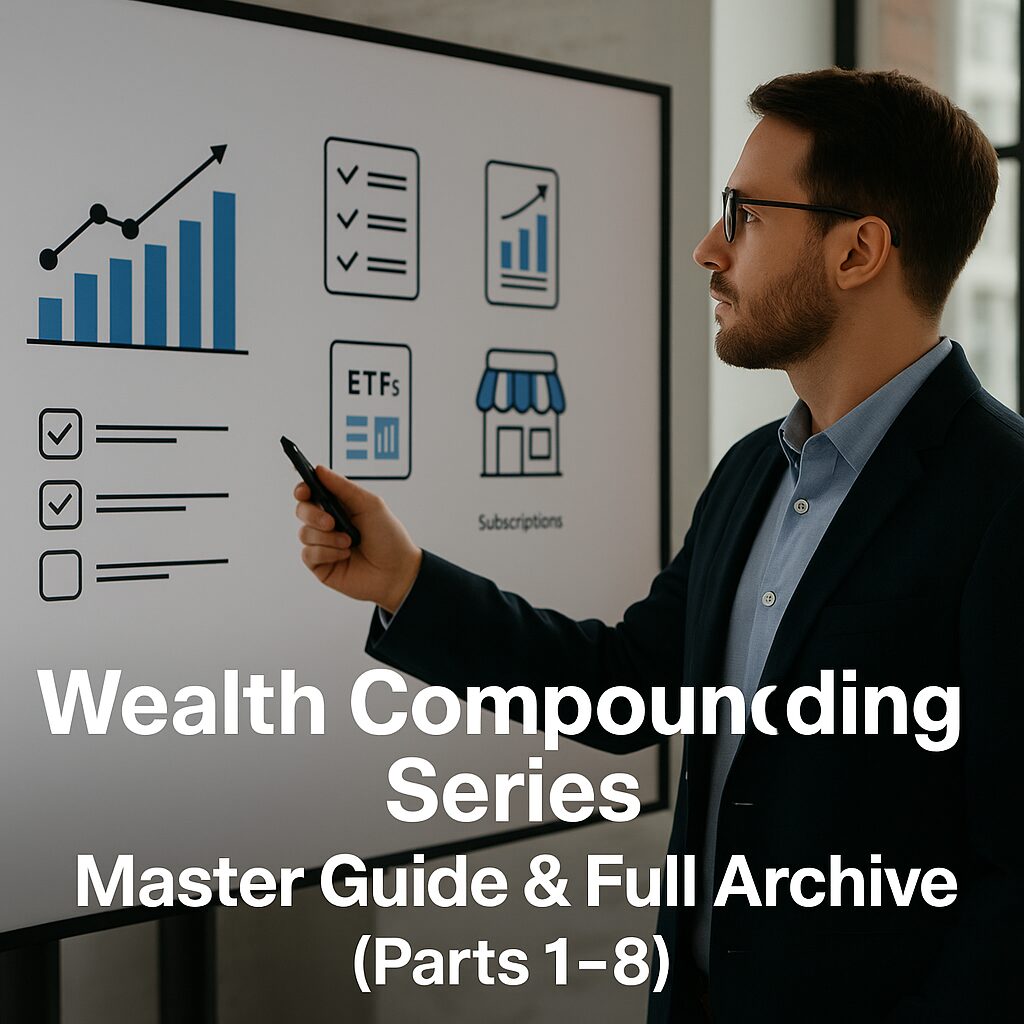Why a Blueprint Hub Is the Master Map
A series of articles can teach individual lessons, but without a unifying blueprint, knowledge remains fragmented. For family offices, fragmentation is fatal. A risk framework without an investment playbook leaves wealth stagnant. An IPS without governance leads to disputes. Philanthropy without policies becomes vanity.
This hub page is designed to be the master map — one page where readers can see the entire journey of family office design, connect to detailed guides, and download the tools they need.
From Why entrepreneurs need family offices (Part 1) to real billionaire case studies (Part 7), this hub consolidates everything into one blueprint of dynastic wealth.
Section 1: The Master Map
Family Office Series (Parts 1–7):
- Why Every Global Entrepreneur Needs a Family Office — Beyond Offshore Entities
- Governance Structures — Family Charters, Investment Committees, and Succession Rules
- Intergenerational Compounding — Training the Next Gen to Manage Wealth
- Philanthropy & Foundations — Legacy Planning Through Giving
- Risk Management — Divorce Shields, Cross-Border Inheritance, Political Risks
- Family Office Investment Playbook — From Hedge Funds to Digital Assets
- Global Case Studies — Billionaire Families and Their Office Structures
This hub is the navigation anchor. Each title links directly to the full article, while the sections below summarize the practical outputs.
Section 2: Policies Library
A family office is only as strong as the policies that bind it. This section compiles the essential policies every dynasty requires:
- Governance & Family Charter — codifies decision-making, dispute resolution, succession, and values.
- Investment Policy Statement (IPS) — defines return objectives, risk tolerance, liquidity, and allocation rules.
- Risk & Crisis Policy — pre-nups, trusts, inheritance rules, and political contingency plans.
- Philanthropy & Legacy Policy — giving mandates, foundation structures, and legacy alignment.
Each policy is linked to downloadable templates so families can implement immediately.
Section 3: Templates & Checklists
This hub is not just educational. It is a toolkit.
- IPS Template (DOC)
- Manager Due Diligence Questionnaire (XLSX)
- Dual-Will & Inheritance Checklist (PDF)
- Political Risk Dashboard (Notion Template)
- Org Charts (PPTX) — SFO, MFO, Hybrid models
- Operating Budget Model (XLSX)
- Quarterly Reporting Pack (PPTX)
By centralizing downloads here, families don’t just read about strategy — they execute it.
Section 4: The 90-Day Implementation Roadmap
Wealth preservation is not theory. Families need timelines.
Weeks 1–4: Governance & Risk Foundation
- Draft/update family charter.
- Implement pre/post-nups, trusts, and dual wills.
Weeks 5–8: Investment & Allocation
- Approve IPS.
- Build public/private/digital allocation model.
- Select custodians and reporting stack.
Weeks 9–12: Reporting & Audit
- Launch consolidated reporting dashboard.
- Conduct first stress test (divorce, death, political risk).
- Review via family council.
Within 90 days, families move from fragmented wealth to a coherent operating system.
Section 5: Global Best Practices
Across dynasties, the most successful offices share common practices:
- Committee discipline overrides impulsive bets.
- Succession charters prevent power struggles.
- Diversified custody (banks + trusts + digital) guards against seizure.
- Philanthropy integration enhances legitimacy and stability.
Section 6: FAQ — Answering Reader Objections
“Isn’t this too complex for my family?”
Even families with $20M AUM benefit from governance and IPS discipline.
“Can I outsource all of this?”
Outsourcing execution is fine. Outsourcing control is fatal. Policies must remain family-owned.
“Isn’t this just for billionaires?”
No. Structures scale. The same blueprint that protects $5B can protect $50M.
Section 7: Case Study List
- U.S. Tech Billionaire Office: Structure before innovation avoided collapse after crypto losses.
- European Banking Dynasty: Rotating family councils ensured 200 years of survival.
- Asian Succession Crisis: Governance charter resolved multi-country disputes.
- Middle Eastern Sovereign-Style Office: Industrial-level infrastructure enabled $100B+ scale.
Each case underscores: structure determines survival.
Conclusion: From Fragments to Fortress
This hub consolidates the entire family office journey into a single page. By following the policies, implementing the templates, and executing the roadmap, any family can transform wealth into a fortress.
Reading is not enough. Implementation is survival.
Next Article Preview
Next: Advanced Family Office Playbooks — Tax Optimization, Global Banking, and Second-Passport Strategies.
If the blueprint is the foundation, the next series is the arsenal of advanced weapons. We’ll explore how billionaires legally minimize global tax, secure multi-jurisdictional banking, and use second citizenships as geopolitical insurance. Without these, even a perfectly built family office remains exposed.
Subscribe CTA
🔔 Subscribe today for the Complete Family Office Toolkit.
Every week, we release downloadable templates, case studies, and advanced playbooks that billionaires use to secure dynastic wealth.
Don’t just build wealth. Build the fortress that guarantees it survives across generations.
